
Railway preservation in New Zealand is the preservation of historically significant facets of New Zealand's rail transport history. The earliest recorded preservation attempt took place in 1925, although the movement itself did not start properly until 1960.

William Barnard Rhodes, casually referred to as Barney Rhodes, was a New Zealand landowner, pastoralist, businessman and politician. He was probably born in Lincolnshire, England, but took up a career at sea at an early age. In 1839 he settled in Wellington, New Zealand and remained there for the rest of his life. He brought three of his younger brothers to New Zealand and they co-ordinated their efforts.

Stock and station agencies are businesses which provide a support service to the agricultural community. Their staff who deal with clients are known as stock and station agents. They advise and represent farmers and graziers in business transactions that involve livestock, wool, fertiliser, rural property and equipment and merchandise on behalf of their clients. The number and importance of these businesses fell in the late 20th century.
The Todd Corporation is a large private New Zealand company with a value of $4.3 billion, owned and controlled by the Todd family and headquartered in Wellington, New Zealand. The corporation is currently led by board chair, Nick Olson, and group chief executive officer, Evan Davies. The corporation employs 800 individuals at 10 locations in New Zealand, Australia, and Canada including seven on the executive team. The board of directors has seven members.

Charles Henry Kettle surveyed the city of Dunedin in New Zealand, imposing a bold design on a challenging landscape. He was aiming to create a Romantic effect and incidentally produced the world's steepest street, Baldwin Street.
Radio Otago was a radio company that operated a group of local radio stations in radio markets around New Zealand from the 1970s to the late 1990s. Radio Otago was started in 1971 when Dunedin station 4XO was started, 4XO was originally branded as Radio Otago 4XO. During the 1980s and 1990s Radio Otago expanded their operations by starting up stations around Otago and the rest of New Zealand, and also by purchasing existing stations.
The following lists events that happened during 1889 in New Zealand.
Sir Bryan James Todd was one of four brothers who built one of New Zealand's biggest industrial and commercial enterprises. He was an important figure in the development of the New Zealand oil and gas energy industry and, incidentally, in the development of New Zealand tax law.
Andrew Todd was one of four brothers who built one of New Zealand's biggest industrial and commercial enterprises. He was an important figure in the car assembly industry.
PGG Wrightson Limited is an agricultural supply business based in New Zealand. It was created in 2005 through the merger of Pyne Gould Guinness Ltd and Wrightson Limited and has its roots in a number of stock and station agencies dating back to 1861. It is one of the major suppliers to the agricultural sector in New Zealand providing products such as seeds, grains, livestock, irrigation, farm equipment, insurance and financing.
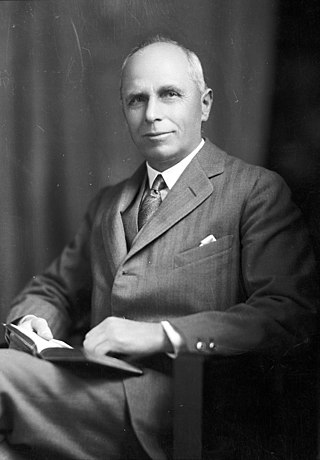
Sir William Duffus Hunt known before his knighthood as W D Hunt, was a leading New Zealand businessman of the first half of the 20th century. With his partner James Johnstone, he built one of Australasia's leading stock and station agencies, Wright Stephenson & Co.
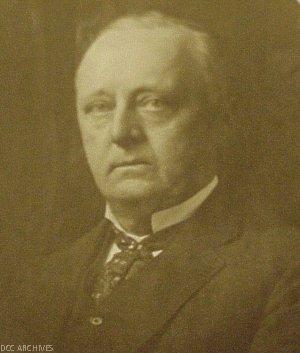
Sir John Roberts founder and managing partner of Murray Roberts & Co was a New Zealand businessman and runholder of the last quarter of the 19th century and the first quarter of the following century.
Archibald Fotheringham Hawke was a businessman from Invercargill, and a member of the New Zealand Legislative Council from 1918 to 1932.
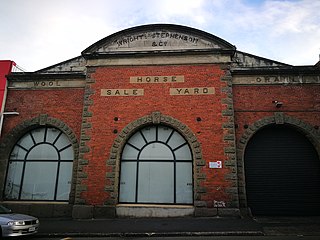
Wright Stephenson was a stock and station agency founded in Dunedin, New Zealand, in 1861.
Henry Donald Stronach was a New Zealand cricketer. He played six first-class matches for Otago between the 1892–93 and 1894–95 seasons.
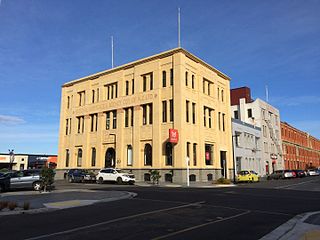
National Mortgage and Agency Company of New Zealand Limited owned a nationwide stock and station agency business originally intended to invest directly in New Zealand pastoral activities and lend to other participants in that industry. By the 1960s as well as the export of wool and meat and dealing in livestock it provided grain and seed merchandising, wholesale grocery services including wines and spirits and arrangement of property and other real estate sales.
Williams & Kettle Limited with headquarters in Napier, New Zealand, owned a stock and station agency business and a general merchants business with branches throughout the east coast of the North Island of New Zealand. Incorporated as a co-operative in 1891, it had been founded in 1885 by landowner and businessman Frederic Williams (1854–1940) with Nathaniel Kettle (1854–1940), a brother-in-law of John Roberts the local principal of Dunedin's Murray Roberts and a former Murray Roberts & Co employee.
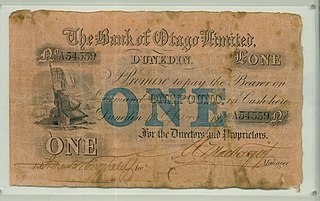
The Bank of Otago was a bank which successfully operated in New Zealand's Otago province from late 1863 until it was bought in 1873 by a new London incorporation, The National Bank of New Zealand, also run from Dunedin but endowed with many times more capital and plans to operate nationwide.

William Royse was a Dunedin-based businessman active in New Zealand from 1861 until his death in 1892.















